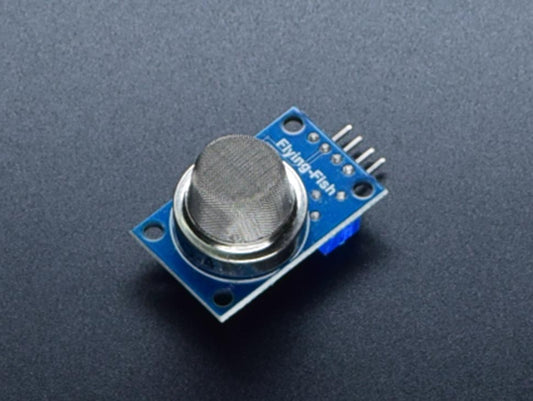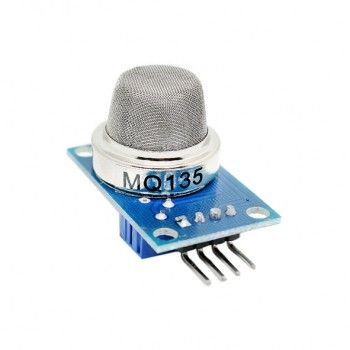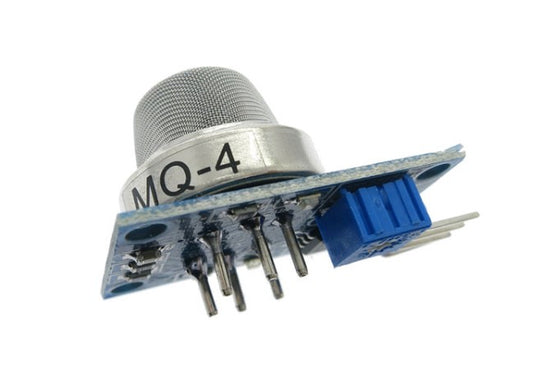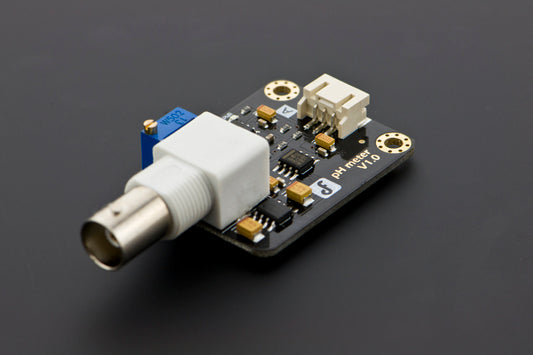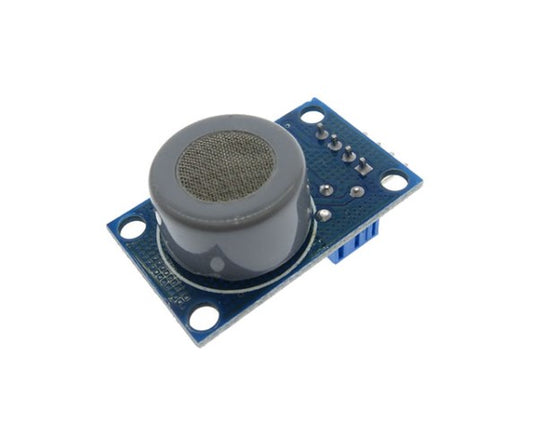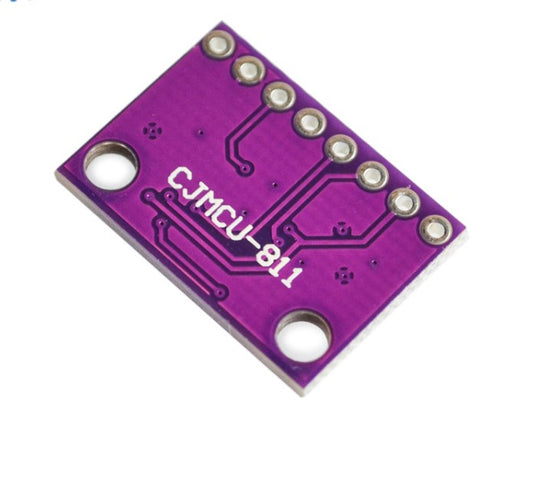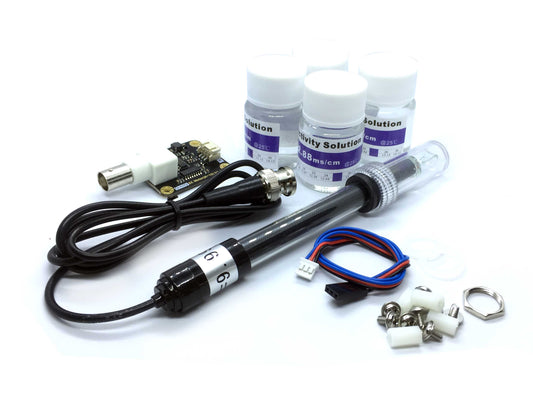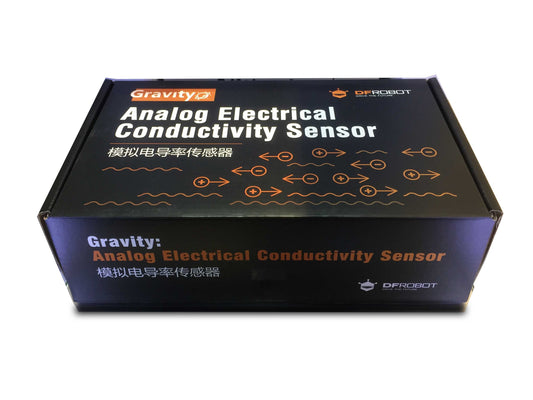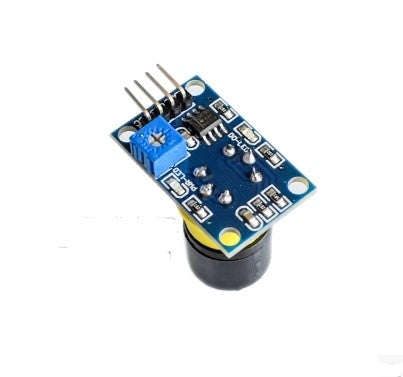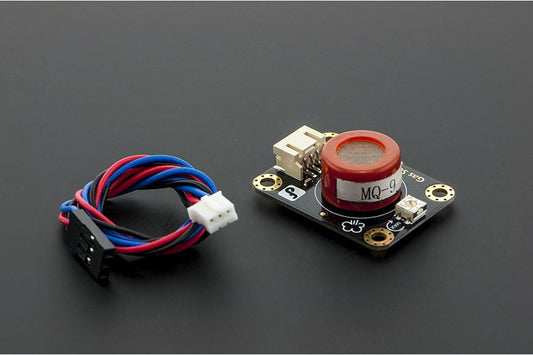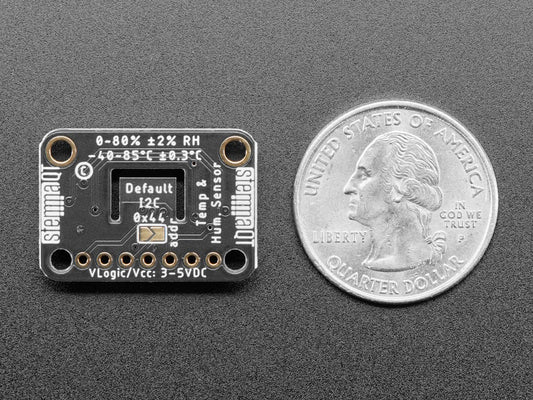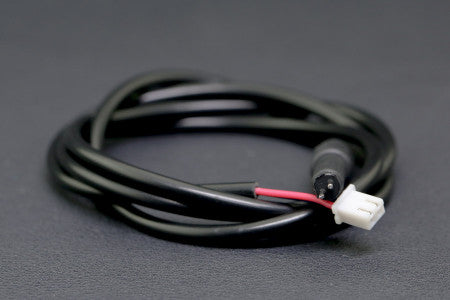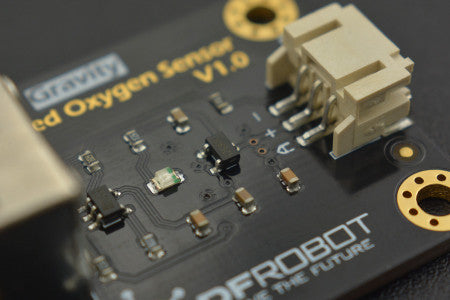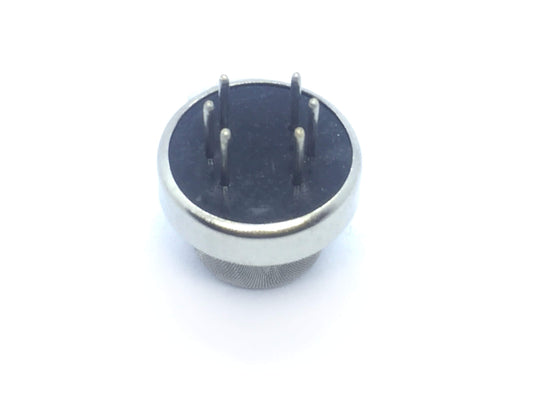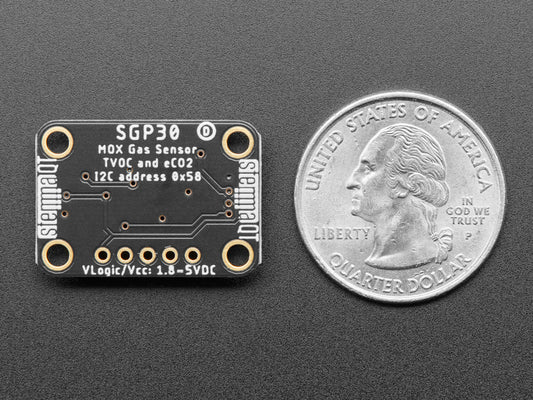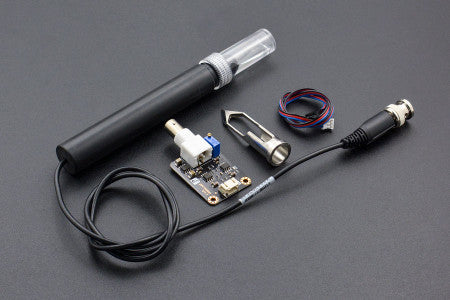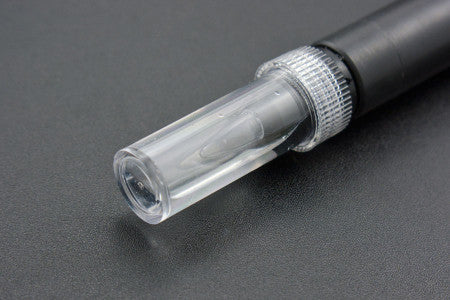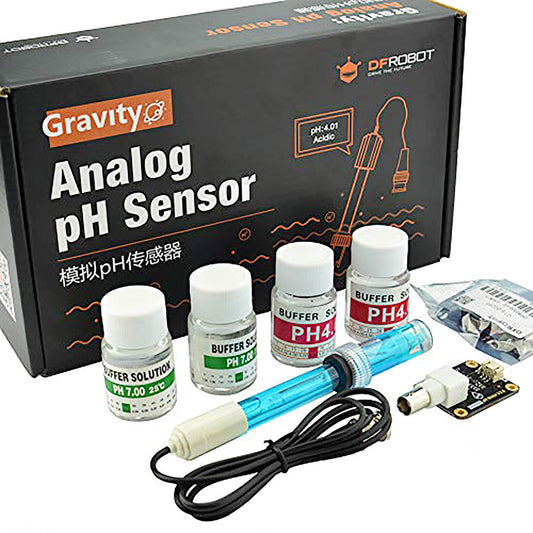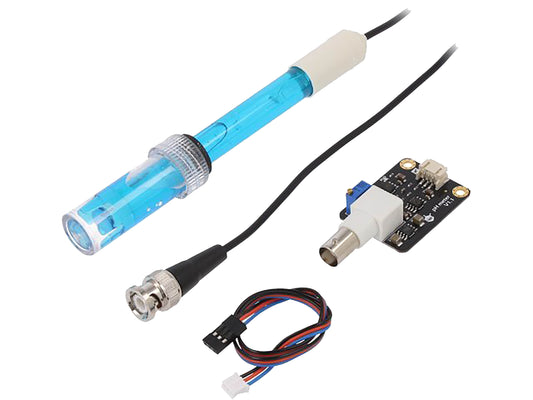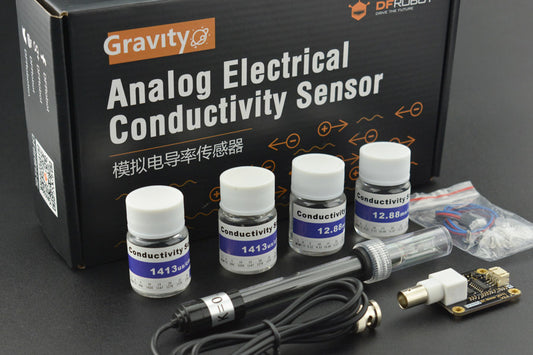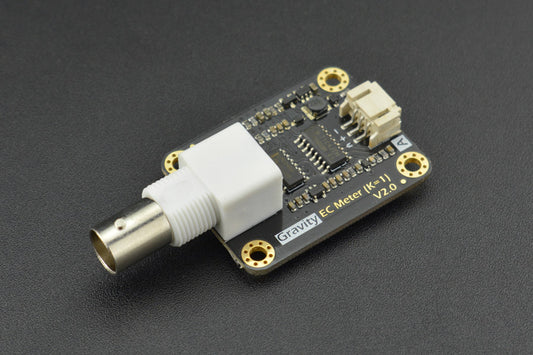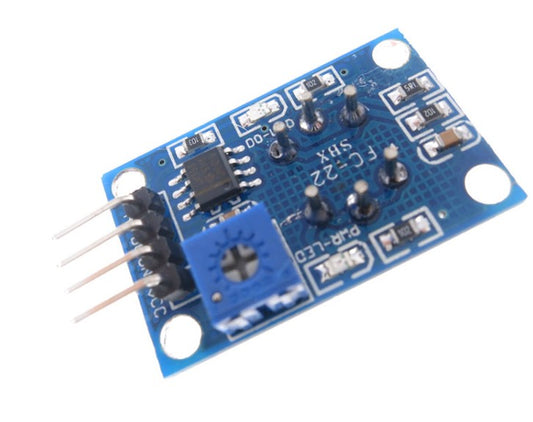-
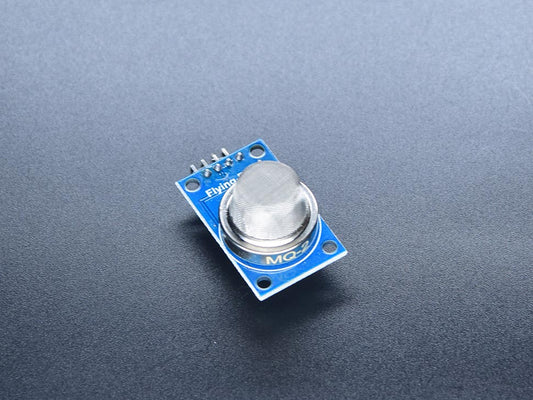
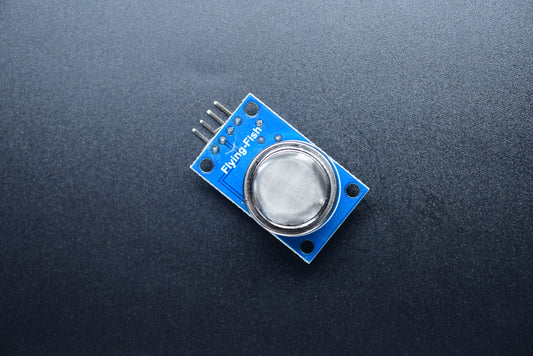 Sold out
Sold outGas Analog Smoke LPG CO Sensor MQ2
Regular price ₱ 55.00Regular priceUnit price per -
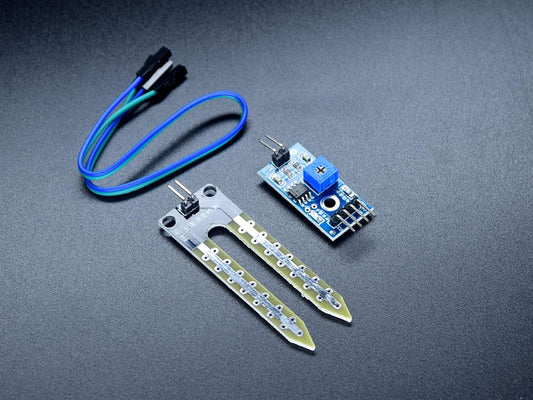
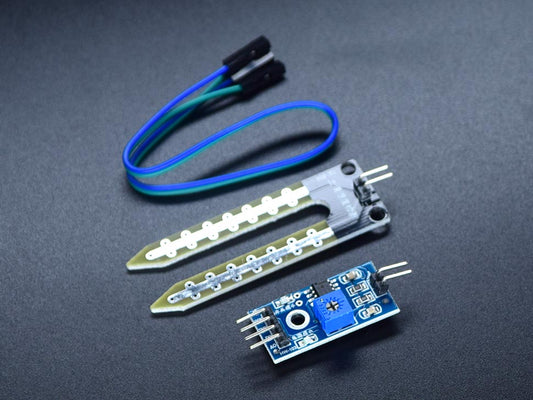 Sold out
Sold outSoil Moisture Sensor Analog Digital
Regular price ₱ 45.00Regular priceUnit price per -
Gas Sensor MQ135
Regular price ₱ 165.00Regular priceUnit price per -
Gas Sensor MQ5 Analog LPG For Arduino
Regular price ₱ 75.00Regular priceUnit price per -
Gas Analog CH4 Gas Sensor MQ4 For Arduino
Regular price ₱ 99.00Regular priceUnit price per -
pH Meter Sensor Analog Kit (Arduino Compatible)
Regular price ₱ 3,720.00Regular priceUnit price per -
Carbon Monoxide Analog Sensor MQ7 For Arduino
Regular price ₱ 105.00Regular priceUnit price per -
Air Quality Sensor Breakout VOC and eCO2 CCS811
Regular price ₱ 539.00Regular priceUnit price per -
Electrical Conductivity K10 Sensor Kit for Arduino
Regular price ₱ 10,068.00Regular priceUnit price per -
Gas Sensor MQ-131 Ozone Module
Regular price ₱ 1,085.00Regular priceUnit price per -

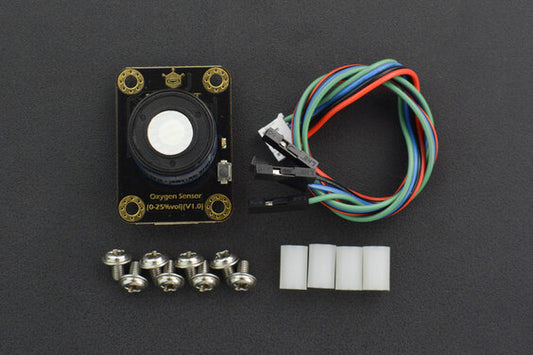 Sold out
Sold outOxygen Sensor I2C Gravity by DFRobot
Regular price ₱ 6,800.00Regular priceUnit price per -
Gas CO Combustible Analog Sensor MQ9 For Arduino Gravity
Regular price ₱ 439.00Regular priceUnit price per -
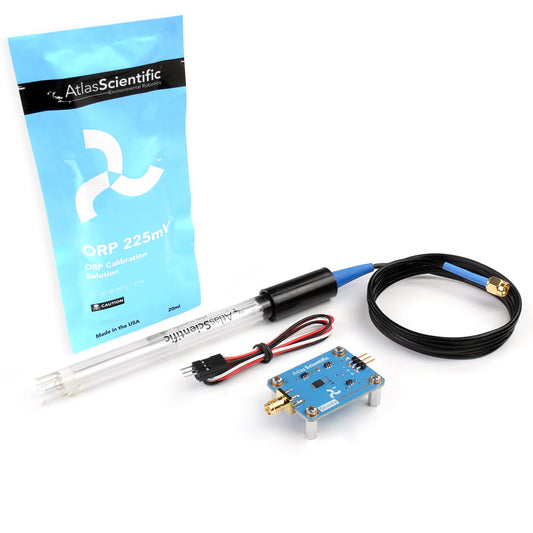
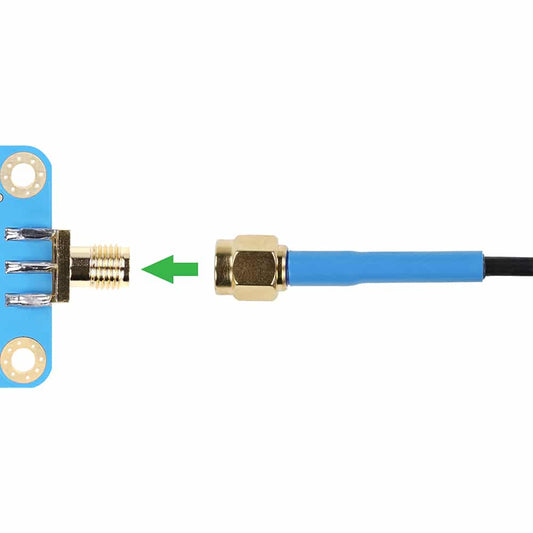 Sold out
Sold outSurveyor Analog Kit Atlas Scientific
Regular price ₱ 7,999.00Regular priceUnit price per -
Temperature and Humidity Sensor Sensiron SHT31-D Breakout Adafruit
Regular price ₱ 869.00Regular priceUnit price per -
TDS Sensor Meter Analog for Arduino Gravity
Regular price ₱ 1,487.00Regular priceUnit price per -
Analog Dissolved Oxygen Sensor Meter Kit For Arduino Gravity
Regular price ₱ 21,294.00Regular priceUnit price per -
Soil Moisture Sensor Corrosion Resistant
Regular price ₱ 339.00Regular priceUnit price per -
Gas Sensor MQ6 LPG
Regular price ₱ 39.00Regular priceUnit price per -
Air Quality Sensor SGP30 Breakout VOC and eCO2 Adafruit
Regular price ₱ 1,305.00Regular priceUnit price per -
pH Sensor Meter Analog Spear Tip Kit for Soil and Food Applications Gravity
Regular price ₱ 5,725.00Regular priceUnit price per -
pH Sensor Meter Analog Kit V2 Gravity for Arduino
Regular price ₱ 4,977.00Regular priceUnit price per -
Electrical Conductivity K1 Sensor Kit for Arduino
Regular price ₱ 8,808.00Regular priceUnit price per -
Analog Alcohol Sensor MQ3
Regular price ₱ 105.00Regular priceUnit price per -
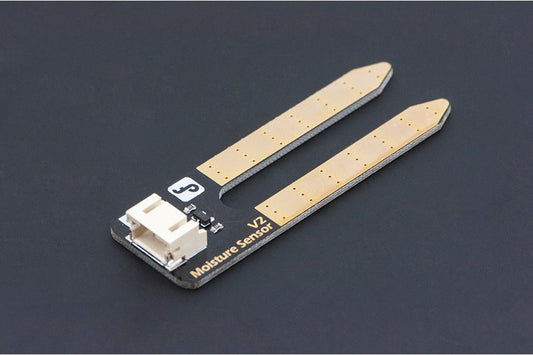
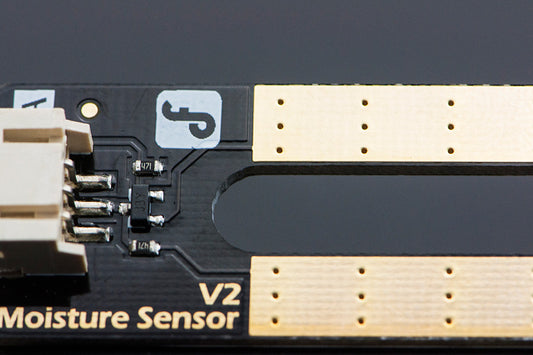 Sold out
Sold outSoil Moisture Sensor Immersion Gold
Regular price ₱ 165.00Regular priceUnit price per





